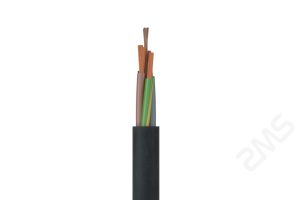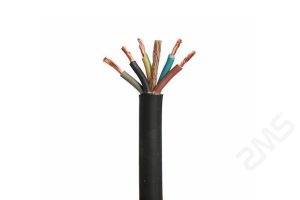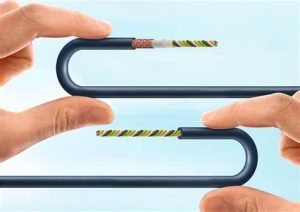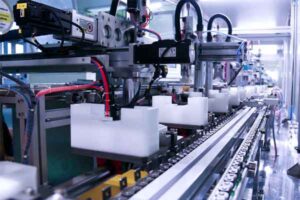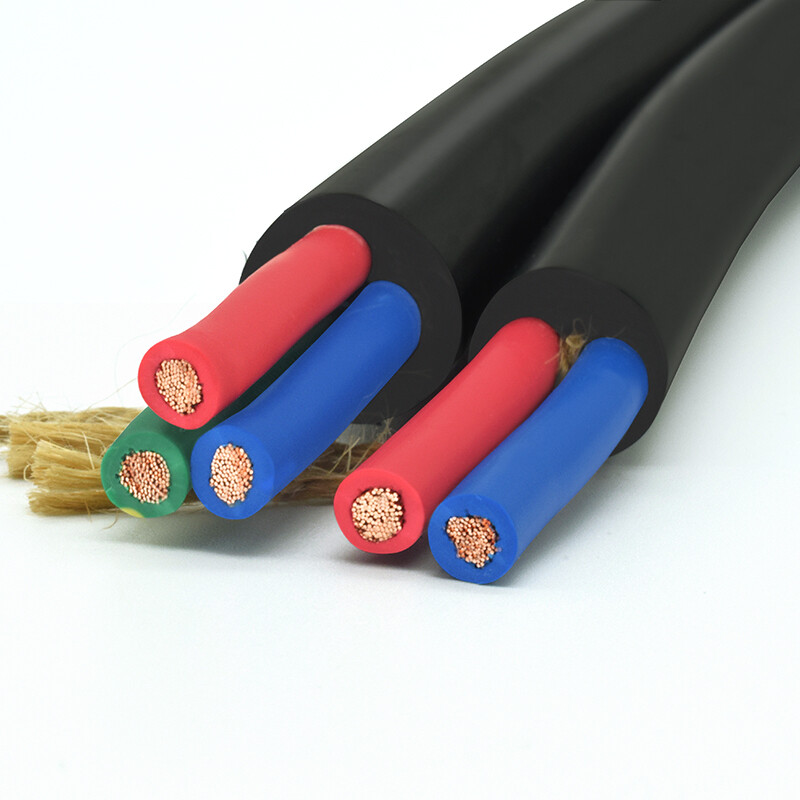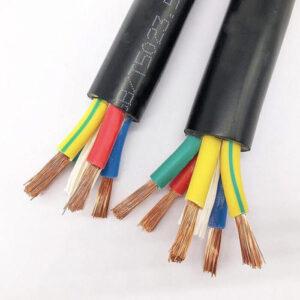In the realm of electrical engineering and construction, flexible cables play a pivotal role in ensuring efficient power transmission and connectivity. These cables are designed to withstand various environmental conditions while maintaining their flexibility, making them essential components in numerous industries and applications. From powering machinery in manufacturing plants to enabling connectivity in consumer electronics, the versatility of flexible cables is unmatched. In this article, we delve into the intricacies of flexible cables, exploring their importance, characteristics, applications, and technological advancements.
H07ZZ-F Cable
H07ZZ-F cable belongs to the European standard, commonly found in the European market, and consists of conductor, insulation, filler, and sheath. It is oil resistant, characterized by abrasion resistance, bending resistance, weather resistance and flexibility, and usually belongs to the low voltage range around 300/500V.

